Gluten contamination is a severe concern for those living with celiac disease.
People with celiac disease experience an immune attack on their small intestines after exposure to dietary gluten. More than 20 parts per million could be risky for most people with celiac disease, and some super-sensitive individuals could react to even less, according to experts in a 2020 Nutrients review.
Gluten exposure is harmful to people with celiac disease, whether intentional or unintentional--and whether it causes noticeable symptoms. According to experts at Mayo Clinic, poorly treated celiac disease can increase the risk of vitamin and mineral deficiencies, infertility, bone disease, cancers, nerve problems, and further immune problems.
About 30% of individuals with celiac disease experience signs and symptoms after a year following a gluten-free diet, according to a 2020 review published in Nutrients, with gluten exposure most likely the cause. A few patients may have non-responsive celiac disease, but most must refresh best practices to avoid gluten cross-contamination on a traditional gluten-free diet.
These tips include and build on those from experts in an article out of Nutrients about indications for the Gluten Contamination Elimination Diet, emphasizing the need to polish traditional gluten-free diet best practices before any additional dietary restriction.
10 Ways to Limit Gluten Cross-Contamination for People with Celiac Disease
1. Always double-check your labels. Your go-to processed and packaged foods can always change the recipe or source the same ingredients from different companies without celiac-safe gluten-free practices.
2. If in doubt, call the manufacturer. If a label says “manufactured in a plant that also produces or used on a machine that also processes wheat,” never hesitate to call to check the procedures. If the entire facility is not gluten-free, then dedicated gluten-free equipment that is regularly checked is safest. Equipment used for both gluten-free and gluten-containing items is risky.
3. Mind your medications. Over-the-counter or prescription drugs could contain gluten as a binder or additive. You'll be able to find out by calling the manufacturer. If your physician ever switches your medication from a name brand to a generic, could you check to make sure the generic medicine is gluten-free? Don’t forget to check medicated items like cough drops and cough syrup!
4. Scrutinize your supplements. Supplements can also contain gluten as a binder or additive, wheat, rye, barley, or derivatives of gluten-containing grains as ingredients. Just like with medications, you can call the supplement manufacturers to be sure they have celiac-safe gluten-free practices.
5. Consider ceremonial and religious foods. Communion wafers or bread, holiday foods, and traditional foods can be sources of gluten. You can purchase or prepare gluten-free options or request your church or temple purchase certified gluten-free options.
6. Eat food prepared at home most often. Dining out is tricky on a gluten-free diet. Most restaurants do not have celiac-safe gluten-free procedures.
7. Only dine at restaurants with a dedicated gluten-free kitchen and celiac-safe gluten-free policies. And even when a restaurant does have a gluten-free menu and procedures, cross-contamination is still possible if they serve gluten-containing food--and perhaps likely during any mealtime rush.
8. Only eat oats that are certified gluten-free. Oats are naturally gluten-free but are frequently contaminated with gluten.
9. Choose gluten-free cosmetics. Lipstick, chapstick, or products applied to your hands or face that could get into your mouth should be gluten-free. Could you call the manufacturer if ever in doubt?
10. Be wary in the kitchen. Gluten contamination is likely in a kitchen if used for gluten-free and gluten-containing items. For more information- check out my 10 Gluten-Free Kitchen Tips and What To Do Instead.
- Penny, H. A., Baggus, E. M. R., Rej, A., Snowden, J. A., & Sanders, D. S. (2020). Non-Responsive Coeliac Disease: A Comprehensive Review from the NHS England National Centre for Refractory Coeliac Disease. Nutrients, 12(1), 216. https://doi.org/10.3390/nu12010216
- Mayo Clinic Staff. (2021, August 10). Celiac Disease. Mayo Clinic. https://www.mayoclinic.org/diseases-conditions/celiac-disease/symptoms-causes/syc-20352220
- Leonard, M. M., Cureton, P., & Fasano, A. (2017). Indications and Use of the Gluten Contamination Elimination Diet for Patients with Non-Responsive Celiac Disease. Nutrients, 9(10), 1129. https://doi.org/10.3390/nu9101129


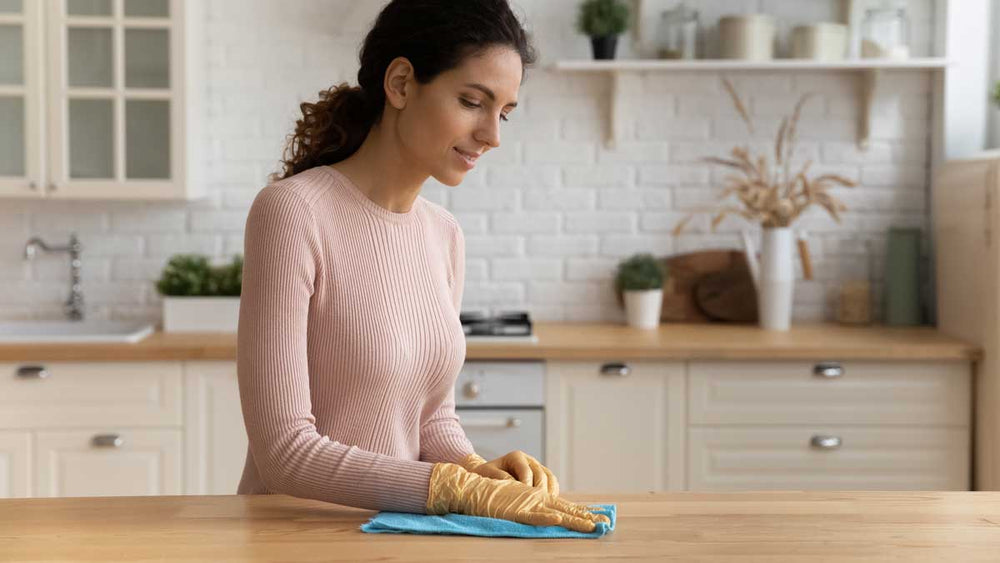
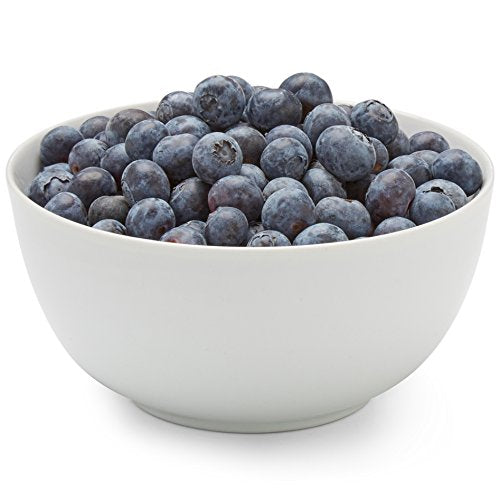
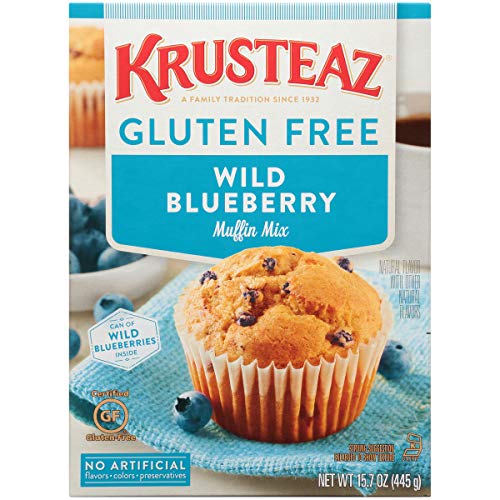
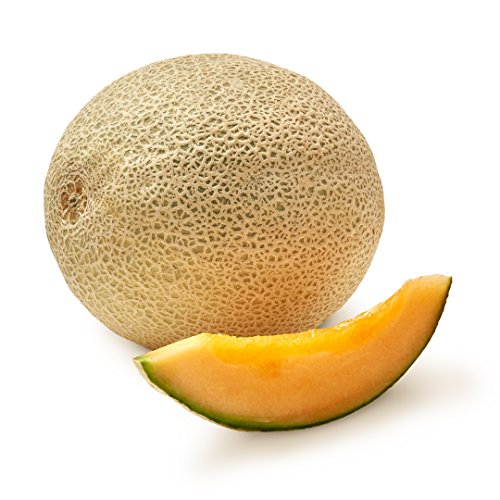




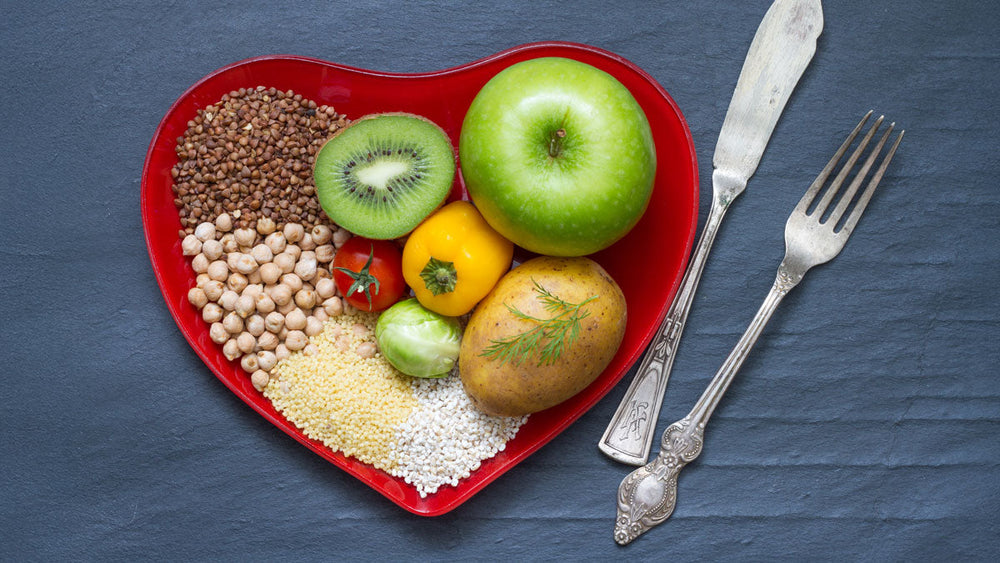

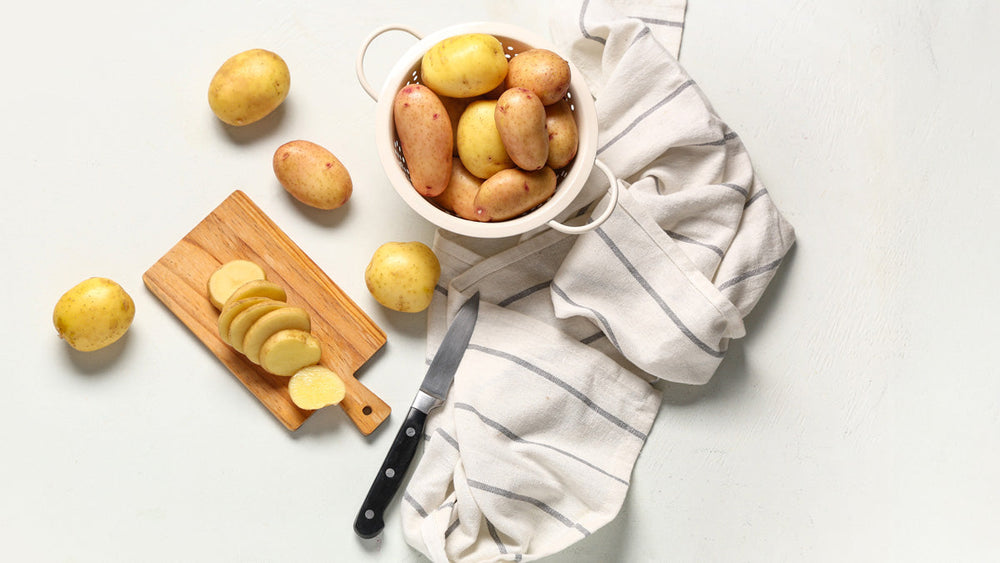






Comments
Join The Conversation...